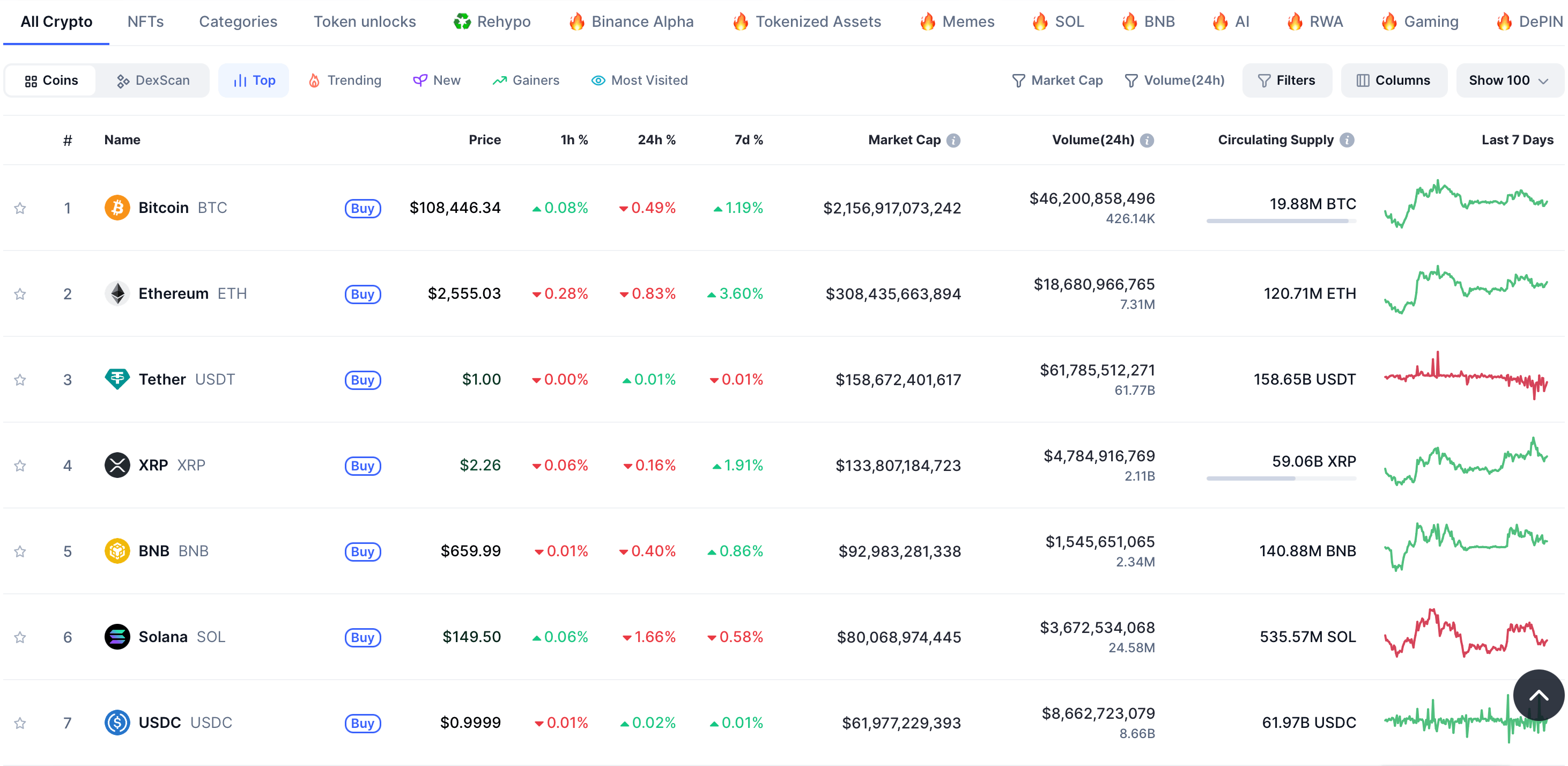When researching cryptocurrency projects or token details, many users find the distinctions between initial supply, total supply, and circulating supply to be confusing, often assuming that the initial supply equals the total supply. Today, we will clarify the specific differences among these three concepts.
Initial supply
The term initial supply frequently appears in whitepapers. For example, many crypto whitepapers contain the following sentence: “XX will issue XX tokens, of which 20% will be used for xx, 30% for xxx, and so on and so forth”. Here, “XX tokens” refer to the total initial supply of the project, i.e. the total amount issued by the project.
The initial supply of most tokens is fixed. For example, the initial supply of Bitcoin is 21 million, which is aimed to prevent inflation. It should be noted that different cryptos have different issuance rules. It is generally the case that most cryptos, including Bitcoin, have a fixed initial supply, but there are exceptions. For example, the stablecoin USDT features an unlimited supply.
Circulating supply
The circulating supply of a token refers to the total amount currently circulating in the market, which does not include tokens locked by the project team or reserved tokens. That is to say, the circulating supply of a token is the amount circulating in the market and among crypto users or the general public. Generally speaking, the initial supply of a cryptocurrency refers to the initial amount available upon issuance, while the circulating supply indicates the amount circulating in the market. The two terms cover different scopes and the specific figures also differ. In the case of Bitcoin, which uses PoW, cryptos are issued via mining, and miners produce a certain amount of Bitcoin every day, which means that the circulating supply of Bitcoin increases with each passing day. To sum up, the initial supply of Bitcoin is 21 million, while its circulating supply changes all the time.
It should be noted that if the circulating supply of a token keeps dropping, then its market cap would normally go up, which would make it easier for the token to attract user attention and investment.
Total supply
The total token supply refers to the current total amount of a cryptocurrency, which is the amount that has been created minus the amount that has been burned. For example, SAHARA, with an initial supply of 10 billion. As of July 8, 2025, the circulating supply is 2.04 billion. It is therefore clear that the total supply of SAHARA differs from its circulating supply.
Apart from the initial supply, total supply, and circulating supply, basic token information covers many other aspects, such as price, market cap, and trade volume. For instance, the market cap of a token is normally determined by its circulating supply. Generally speaking, crypto investors need to account for a wide range of basic token information when viewing or evaluating a token project, and the more comprehensive the assessment is, the better the results will be.
(Source: CMC)
CoinCatch Team
Disclaimer:
Digital asset prices carry high market risk and price volatility. You should carefully consider your investment experience, financial situation, investment objectives, and risk tolerance. CoinCatch is not responsible for any losses that may occur. This article should not be considered financial advice.


